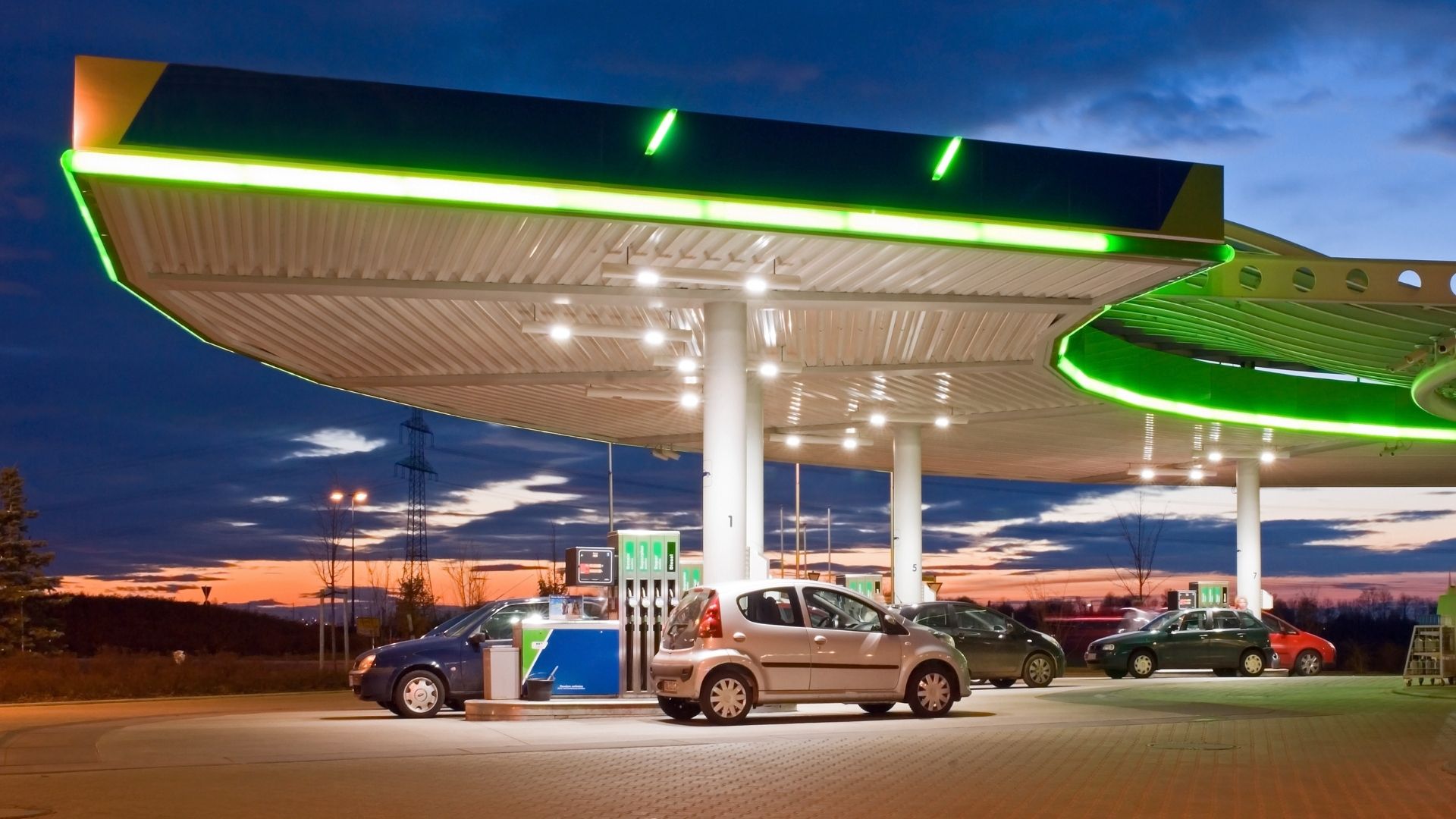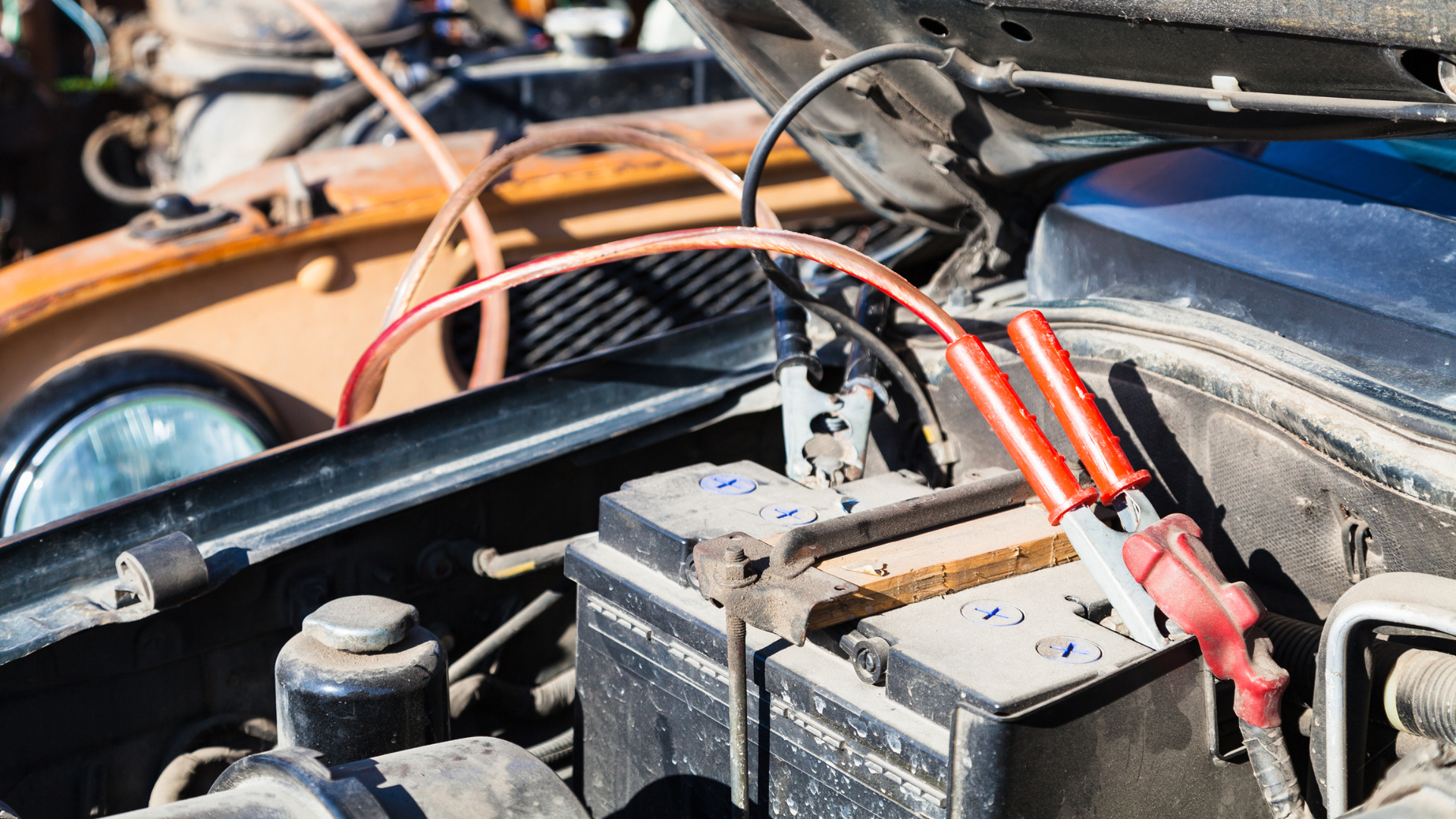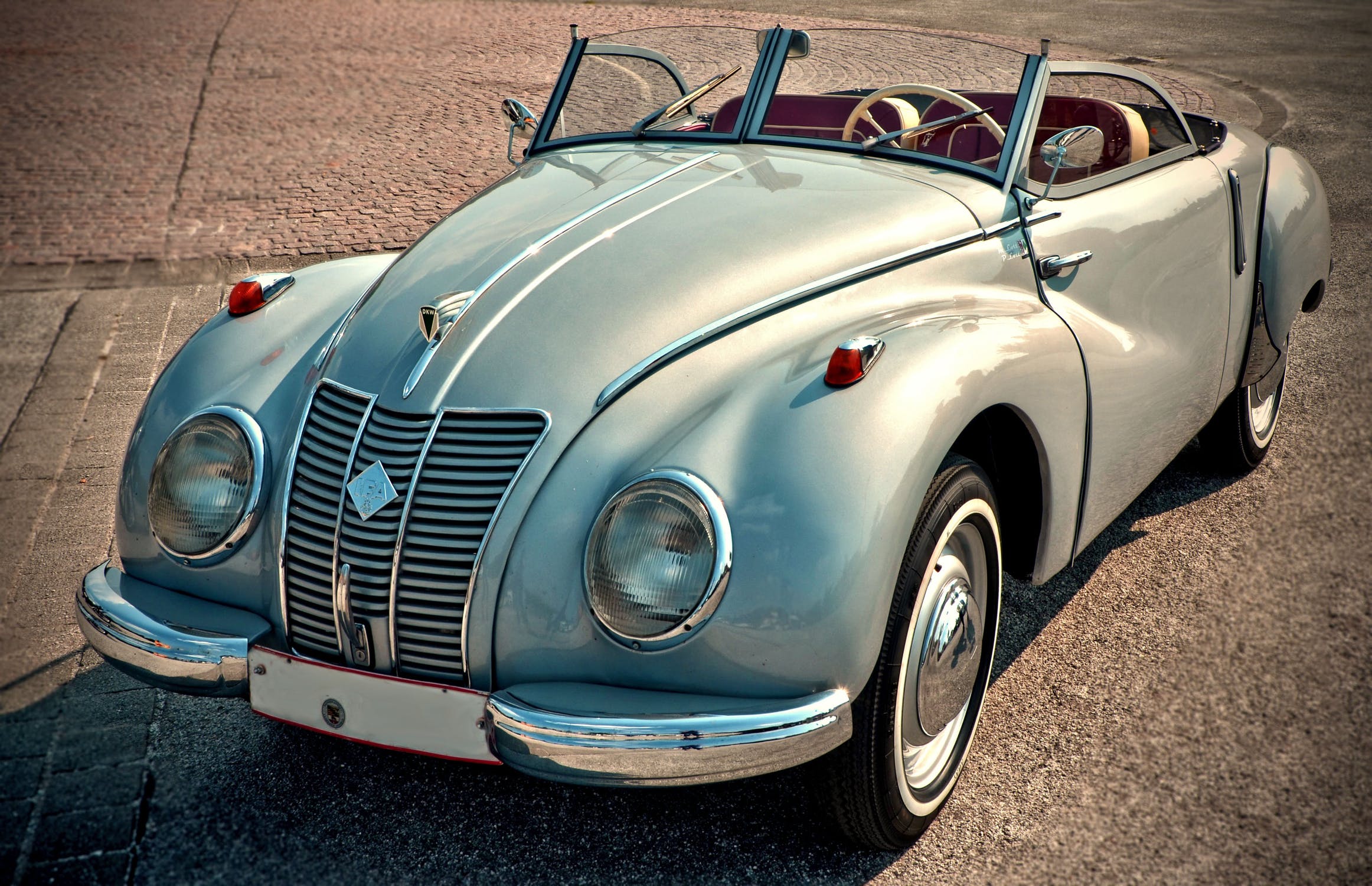Driving has become so expensive. With the ever-increasing fuel prices and the introduction of e10 fuel, which seems to disappear like you have a leak, not to mention the damage it can do to classic cars filling up your tank, has become be a nightmare. There are a group of people practising something called hypermiling to get the most from their tank. We explore the trend here.
What is Hypermiling?
Hypermiling is a trend that sees drivers implementing techniques that can maximise their fuel efficiency beyond even the manufacturer’s expectations. Basically, Hypermilers aim to beat the mpg quoted by manufacturers with each journey.
Those who Hypermile are using their cars more efficiently, so they go further with their tank of fuel. They achieve this by implementing techniques such as planning their journey, anticipating the road ahead to react accordingly, keeping to the speed limit and drafting.
How does it work?
Many of us know there are things we can do to improve our fuel economy, such as using the air-conditioning sparingly, driving in the most efficient gear or keeping the windows closed to improve drag efficiency. Hypermilers go way beyond this with their techniques, though.
1) Plan the journey
A hypermiler first establishes if a drive is warranted; could they walk or cycle instead? If the car is needed, a route is planned that considers the traffic, how direct the route is and the terrain. They will consider how many hills or traffic lights will be encountered along their route.
2)Maintenance is key
Hypermilers ensure their car is well maintained. This includes servicing, oil changes, tyres etc. are all in good working order and carried out at the stated intervals. A well-maintained car is more economical.
3) Is it necessary?
A Hypermiler will ask, is it necessary? This applies to things like heating, windscreen demisters, air-con and even luggage. If it’s not required, they won’t use it.
The heavier the vehicle is, the more fuel is required to move it. Are you carrying unnecessary things in the boot of your vehicle? If so, removing anything you don’t need could save you precious fuel.
4) Keep it moving
Accelerating and braking use more fuel. For this reason, a Hypermiler aims to maintain momentum at all times. They will anticipate the road ahead and also be looking for ways to keep moving. Cruise control is a great way to keep at the same speed and save fuel.
Hypemilers pay strict attention to the road ahead to avoid using brakes. This is called driving without brakes (DWB). Coasting to a stop instead of braking uses less fuel.
When driving a manual, the higher the revs, the more fuel is being used. It stands to reason, then, that driving in the highest possible gear for the roads you are travelling on will reduce fuel consumption. Hills make a big difference requiring more acceleration, braking and work from the engine.
Often it uses less fuel to drive in rural areas because there is far less stopping and starting than in urban areas. If there’s a scenic route, try taking it.
5) Park sensibly
Even when the car is not in use, a carefully considered parking spot can contribute to fuel savings. On cold days parking with the windscreen facing the sun will melt a frosted windscreen, so the windscreen heater isn’t required. Likewise, when it’s hot, parking a car in the shade keeps it cool so that the air conditioning isn’t needed so much.
Another parking tip is to park the vehicle facing the exit route. This is so that it can be coasted away. This is especially useful if the car is parked facing downhill.
6) Drafting
Drafting, also referred to as slipstreaming, is a technique that can be used by vehicles to save fuel. This is done by closely following the vehicle in front in order to reduce wind resistance, thus saving fuel.
This method was tested on an episode of MythBusters’ Big Rig Myths. The result was impressive, with fuel savings of up to 40% when driving behind a truck at 55 mph. They found that the closer the car travelled to the truck in front, the less air resistance the car encountered, meaning more savings were made on fuel.
Is hypermiling safe?
Hypermiling is not without its dangers. Driving slower to save fuel could potentially cause an accident. Vehicles travelling behind could crash into the rear.
The drafting technique is perhaps even riskier. Being close to the car or truck in front means swift reactions are required should the vehicle in front need to stop suddenly.
Coasting also has some risks. Some hypermilers have been known to turn off their engines when going downhill, a technique known as Forced Auto Stop. This is an extremely risky manoeuvre that could cause the brakes and steering to not work properly.
How much can you save by hypermiling?
With potential fuel savings of 40-45%, it’s easy to see why hypermiling is an attractive option, especially if you’re competitive. Some of the methods are risky, though. Remember to always drive safely and not to risk your own or other road users safety.







Leave A Comment